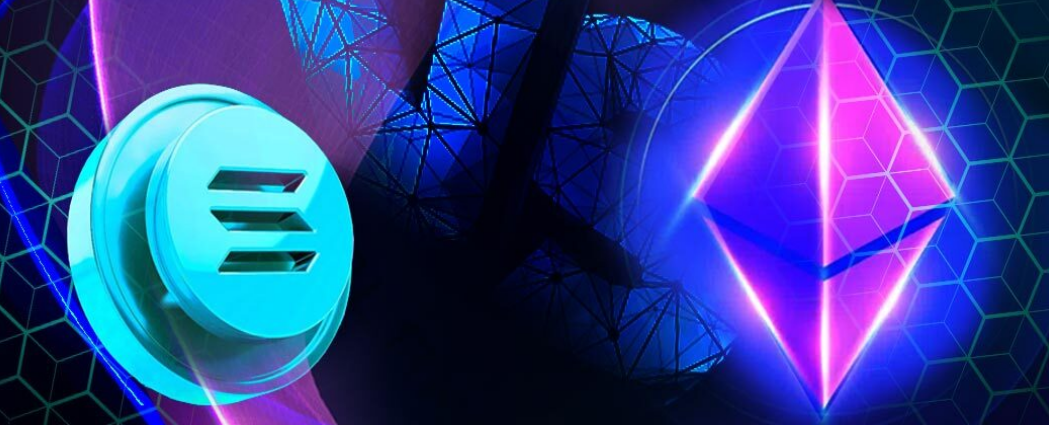This article explores the possibility of viewing Solana as an "L2" of Ethereum, but the lack of social commitment may lead to different forking rules, potentially causing confusion between "Solana L1" and "Solana L2."
Author: @jon_charb
Translation: Plain Blockchain

This article is a brief summary of the L1/L2 debate and the question of "Can Solana become L2," especially for those who wisely choose to ignore the thousands of replies:
Toly explains that you can make Solana (or any other chain) an "L2" of Ethereum (or another chain) by publishing Solana's ledger data on Ethereum and deploying a bridging contract that verifies Solana's state. This is very similar to all the "L2s" we are familiar with today, where users can still obtain security properties like forced withdrawals back to Ethereum.
The difference between this hypothetical Solana design and current L2s (like Base) is whether there is a "social commitment to revert confirmed blocks on Ethereum and hard fork on Ethereum hard forks." This is something Vitalik discussed in his old post about different types of L2s.
For example:
Base has a social commitment to revert/fork on Ethereum's reversion/hard fork.
In the hypothetical Solana design, I only deploy this bridge from Solana to Ethereum, with no social commitment from Solana to fork with Ethereum. Nodes do not default to following Ethereum, nor is there an embedding of this bridge.
Therefore, you can allow most Solana nodes to adopt different forking rules than the bridge (for example, nodes are upgrading while the bridge is unaware, or forced withdrawals trigger a fork). Ideally, these chains are the same thing (i.e., the bridge and other nodes reach consensus). In the event of a fork, you might have "Solana L2" (everything recognized by the Ethereum bridge) and "Solana L1," while Solana's social consensus continues to follow.
In this scenario and in typical L2s like Base, regardless of the social commitment at the setup stage, social consensus can always fork based on what they perceive as the "real chain."
For example, if the Ethereum bridge to Solana becomes very important, then in practice, Solana's social consensus may ultimately always choose to follow it. Therefore, "Solana L1" and "Solana L2" may never diverge.
In contrast, Base or other traditional L2s may have a social commitment to follow their Ethereum bridge, but in some unforeseen circumstances, nodes may decide to deviate from the bridge (whether due to a massive hack making the bridge immutable, or some institution asking them to deviate from the will of token holders, or any other reason).
So to summarize, yes, you can turn Solana into "L2," and the differences that everyone is arguing about essentially boil down to the default social commitment people have at the beginning, but this is not binding.
Some also argue that having multiple confirmation/forking rules simultaneously in the hypothetical scenario (for example, the bridge has one forking rule while the validators have another) means that even if they reach consensus on the current chain, it actually implies the existence of two chains (for example, Solana L1 and Solana L2). In some sense, this may be technically accurate, but it is also confusing because we all see and use the same chain.
Article link: https://www.hellobtc.com/kp/du/11/5508.html
Source: https://x.com/jon_charb/status/1851817726932930579
免责声明:本文章仅代表作者个人观点,不代表本平台的立场和观点。本文章仅供信息分享,不构成对任何人的任何投资建议。用户与作者之间的任何争议,与本平台无关。如网页中刊载的文章或图片涉及侵权,请提供相关的权利证明和身份证明发送邮件到support@aicoin.com,本平台相关工作人员将会进行核查。




